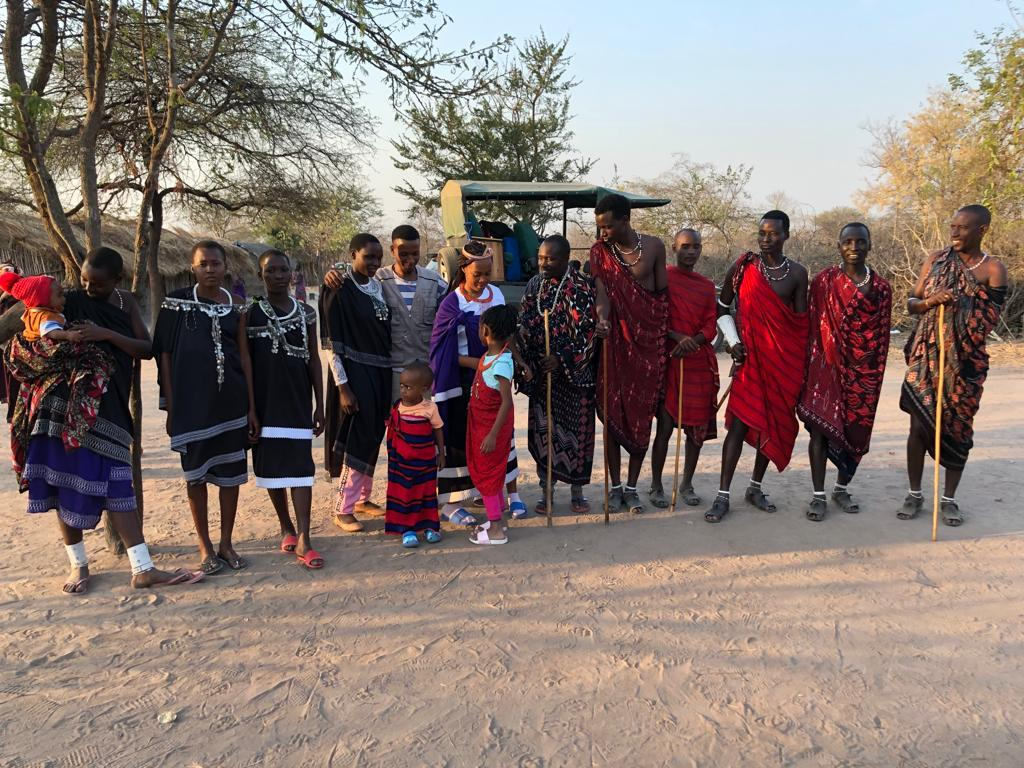FOR YOUR INFORMATION!
The Serengeti is the most famous of Tanzania's national parks located
on the northern circuit of safari itineraries.The park is renowned for
its annual migration of over 1.5 million wildebeest and usually
accompanied by about 250,000 zebras and 200,000 gazelles. Ceaseless
columns of wildebeest swarm into the Serengeti, blanking the plains on
their way to Maasai Mara, thus making a safari to the Serengeti well
worth it. The massive Serengeti is 14763 sq. km of endless rolls of
plains dotted by kopjes (rock outcrops), and patches of flat-topped
acacias, woodland, swamps and lakes. The word Serengeti itself is a
Masaai word for "endless plains". It provides sanctuary to the highest
concentration of wildlife in the world. It is home to about 4 million
animals. As you travel on, you gradually encounter increasing numbers of
wildlife. There are about 35 species of savannah animals to see along
with many of the 500-odd species of birds. In June or July one can
witness this spectacular annual migration in search of water and food
as the season change. In their wake, follow the predators: lion,
cheetah, hyena and hunting dogs with vultures circling overhead.
The Great Migration
Tanzania's largest national parks have very little water,
so the migration and general location of most of the animals is linked
to rainfall patterns. The Serengeti migration is non-stop taking
place between 9-11 months of each year as described below.
Best time to visit
Safaris planned with the intention to follow the great migration
note that December to July is the best time - see details above.
However, for those wanting to see predators June to October is
recommended.
How to get there
Once in the country, the Serengeti can be reached both by air and
road. There are scheduled and charter flights from Arusha town, Lake
Manyara and Mwanza. Driving by road from Arusha takes about 8 hours over
a distance of about 320km. The Kilimanjaro airport in Arusha is the
closest international airport to the park and visitors can take any of
the internal flights to the Serengeti airstrips at Seronera or
Kirawira.
Olduvai Gorge
Olduvai Gorge is situated in the eastern Serengeti and it is about
(48 km) long. The gorge is referred to as “The Cradle of Mankind” and
it is also locally called "Oldupai", a name given by the Maasai for
the sisal growing that is grown in the gorge. It is here in 1959 the
dedicated Doctors Louis and Mary Leakey discovered the skull of
Zinjanthropus Man believed to have lived 1.75 million years ago. In
addition fossils from prehistoric animals that lived around the same
period were discovered. The George Museum exhibits their methods and
remarkable finds and it is also a resting place suitable for picnic
lunch whilst on a safari. The Gorge is located on the route between
Ngorongoro Crater and the Serengeti and is part of many itineraries.

Comments
Post a Comment